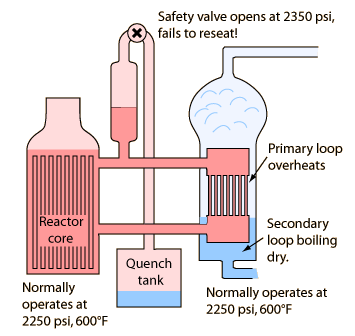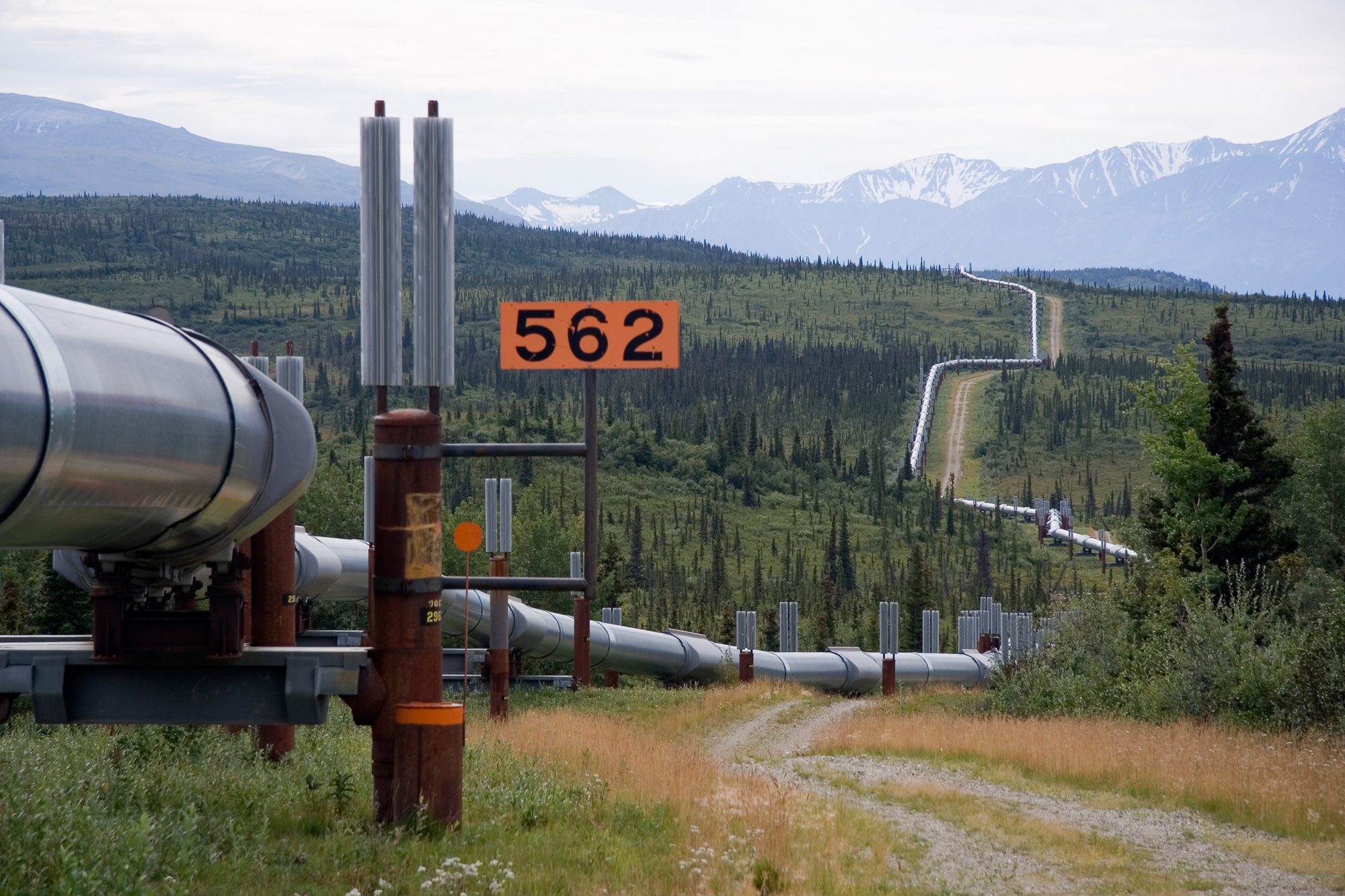Between 1967 and 1972, the 48 reactors that were completed before the Three Mile Island accident in 1979 began construction. Their OCC rise from a range of $600–$900/kW to approximately $1800–$2500/kW. These reactors follow a trend of increasing costs by 187%, or an annualized rate of 23%.
…
As shown in Fig. 3 in blue, reactors that received their operating licenses before the TMI accident experience mild cost escalation. But for reactors that were under construction during Three Mile Island and eventually completed afterwards, shown in red, median costs are 2.8 times higher than pre-TMI costs and median durations are 2.2 times higher than pre-TMI durations. Post-TMI, overnight costs rise with construction duration, even though OCC excludes the costs of interest during construction. This suggests that other duration-related issues such as licensing, regulatory delays, or back-fit requirements are a significant contributor to the rising OCC trend.

